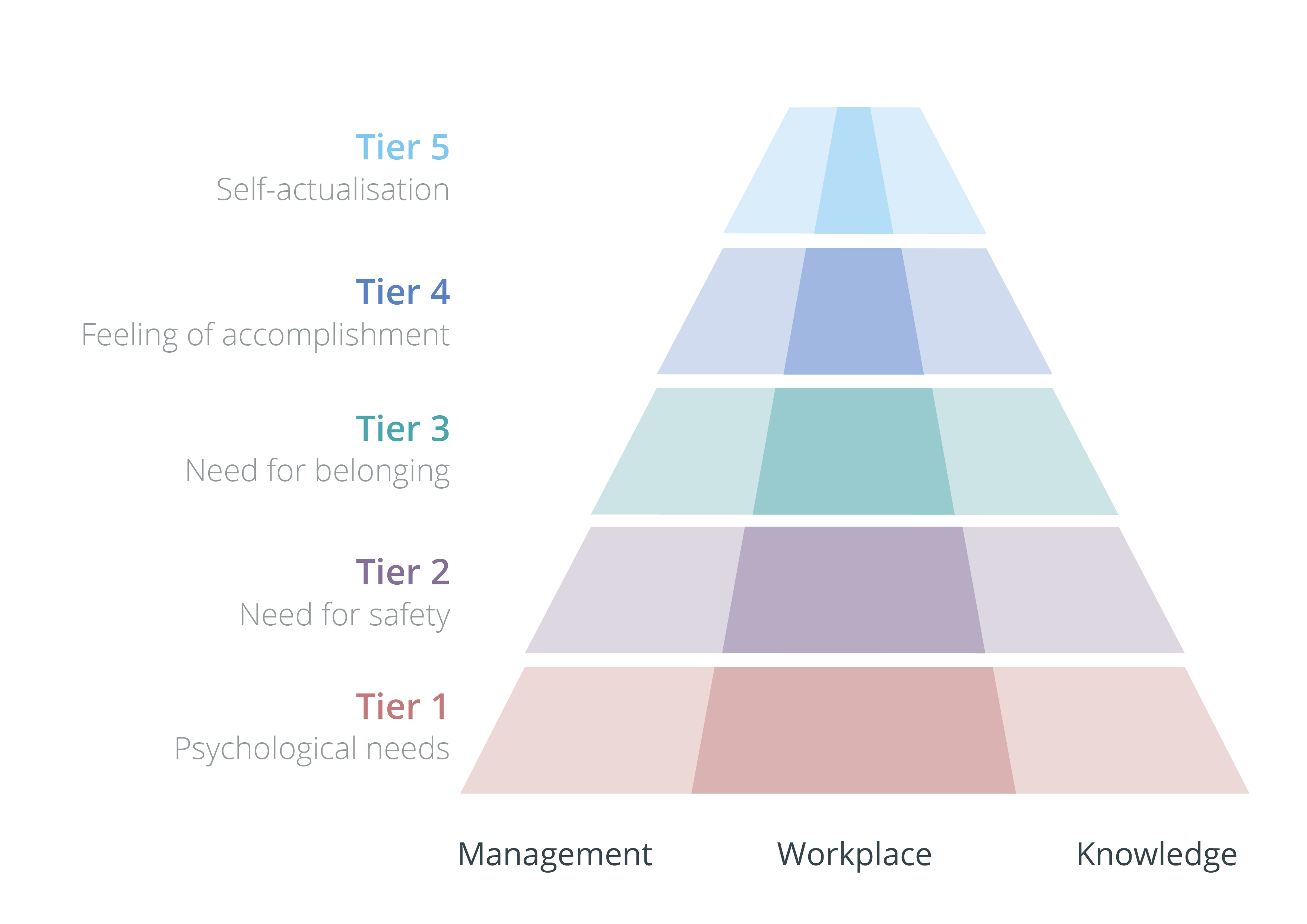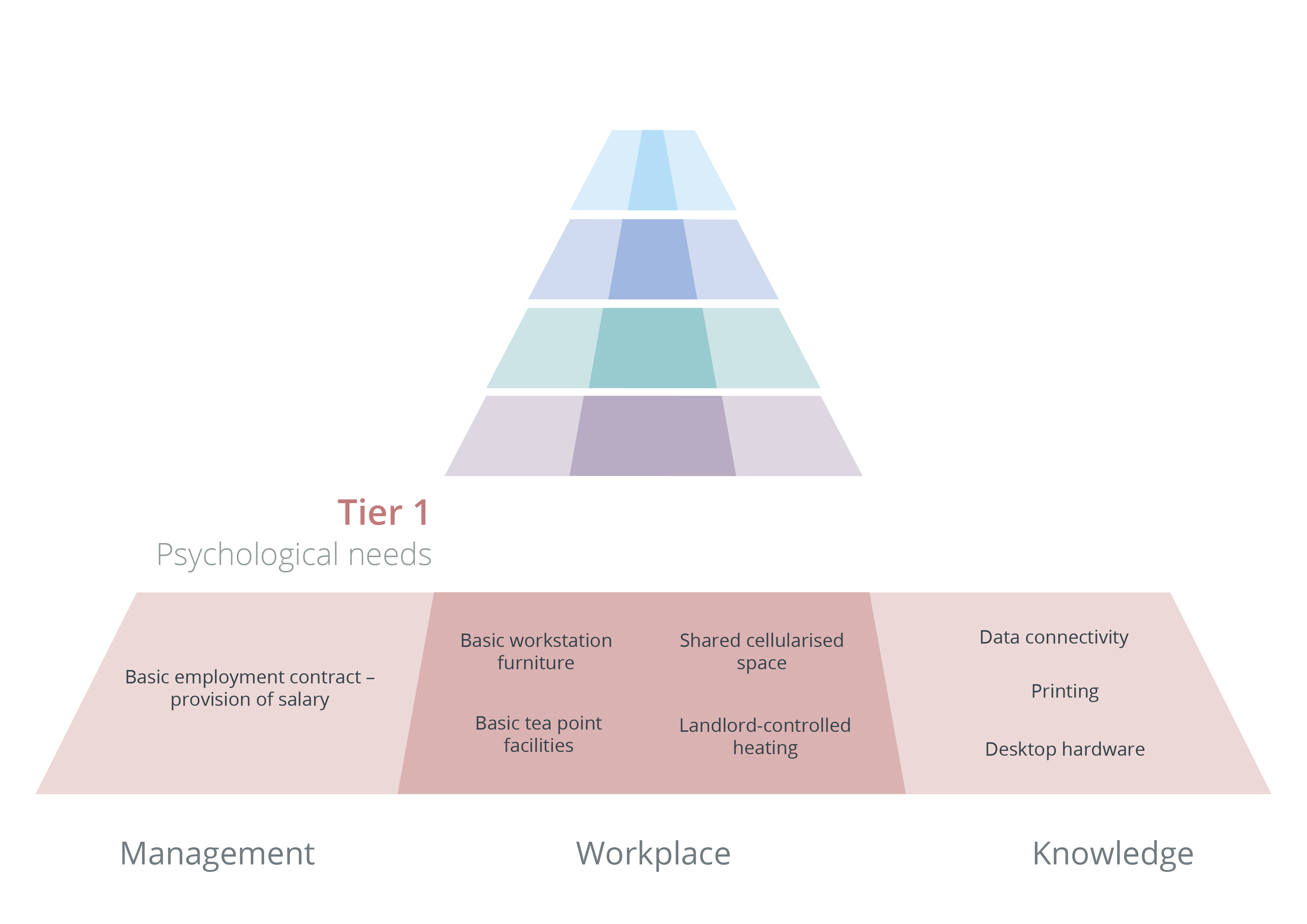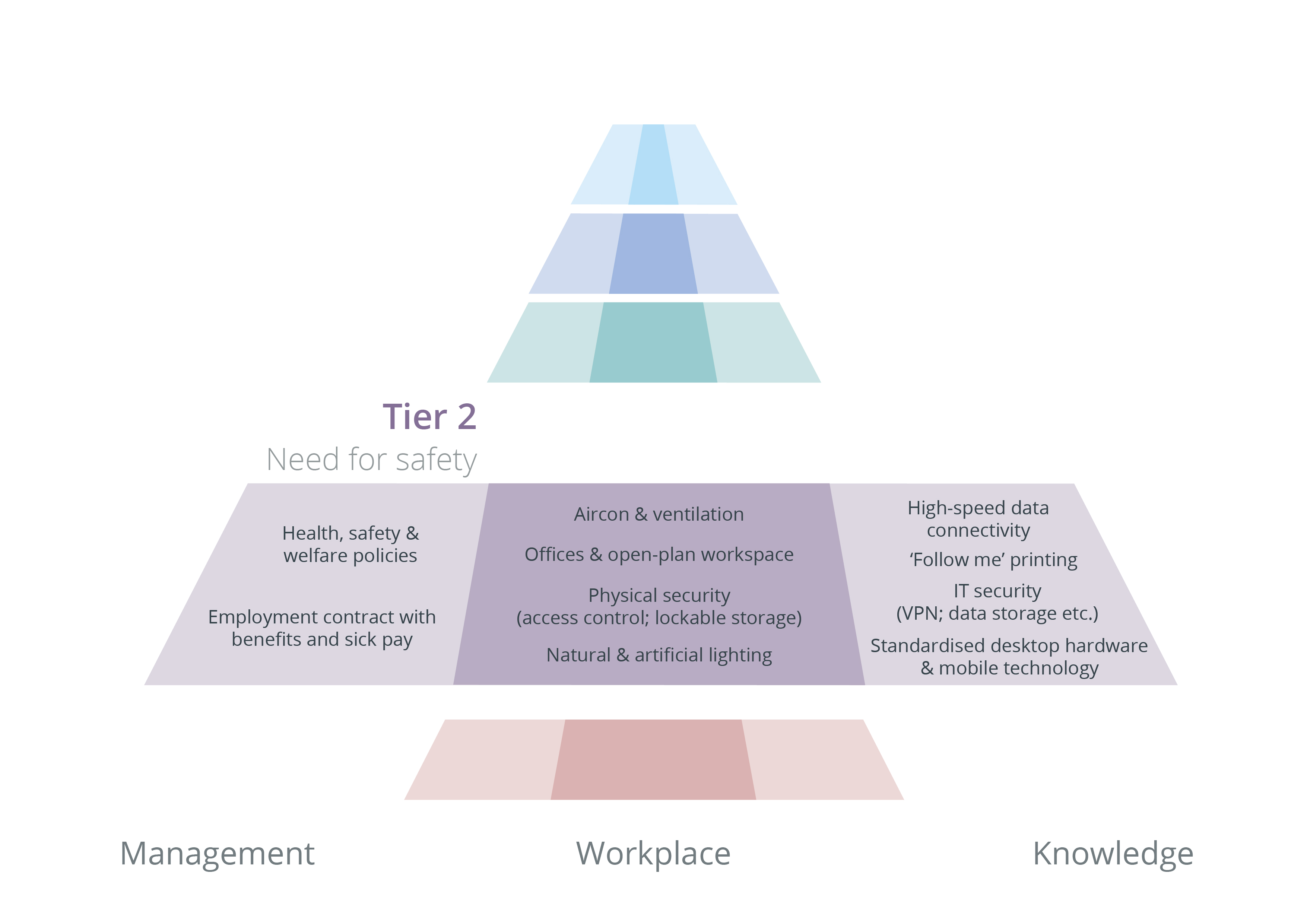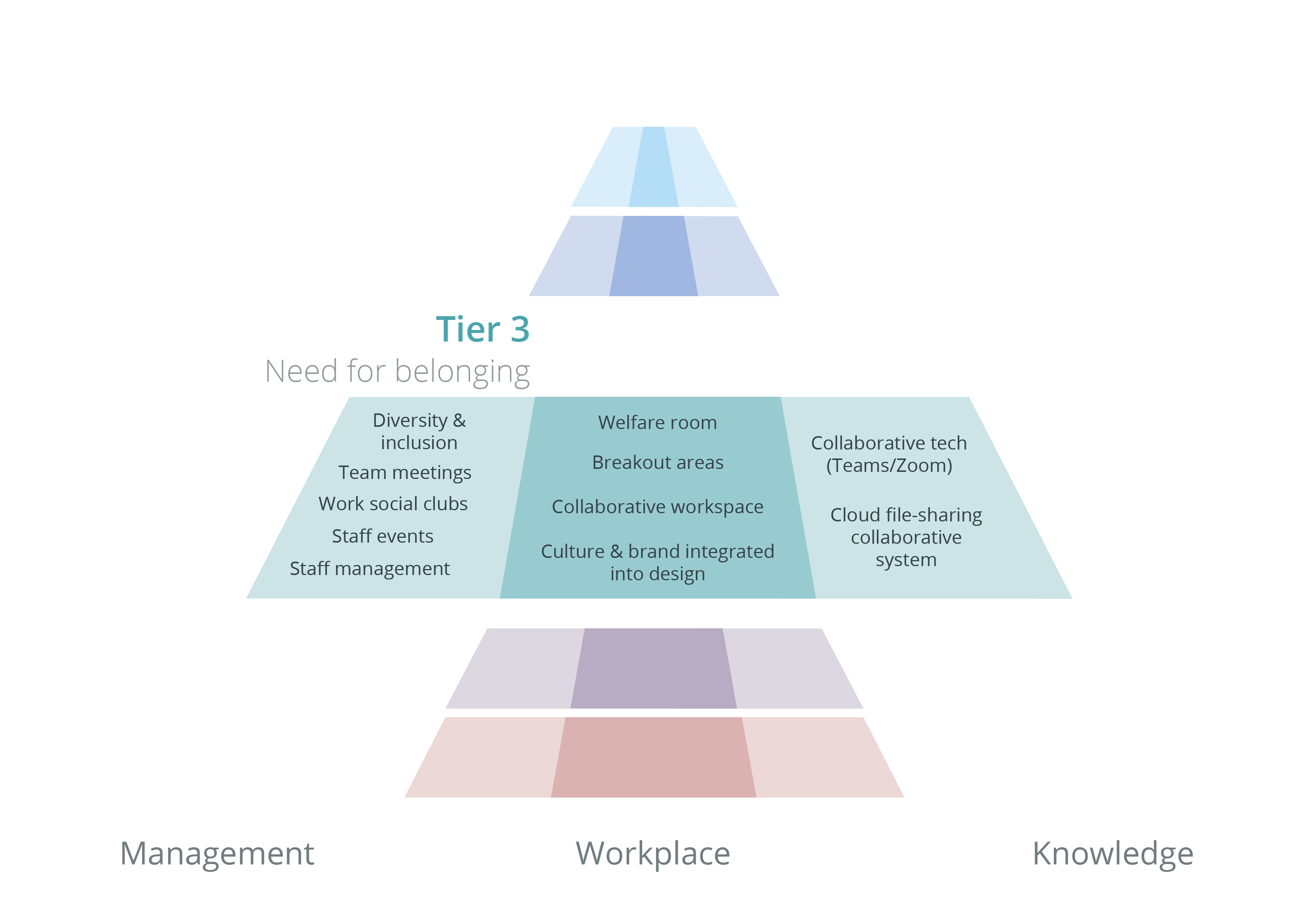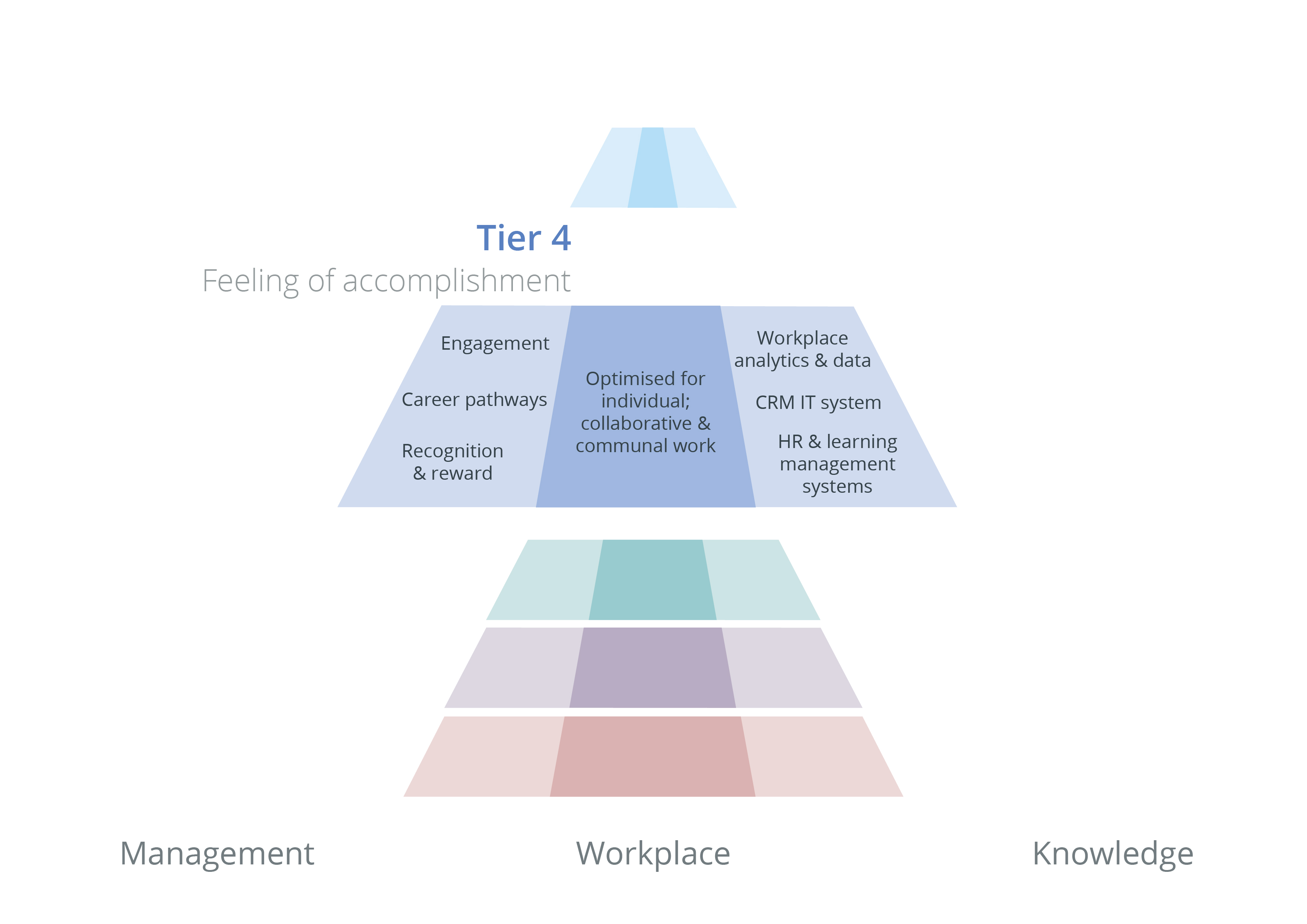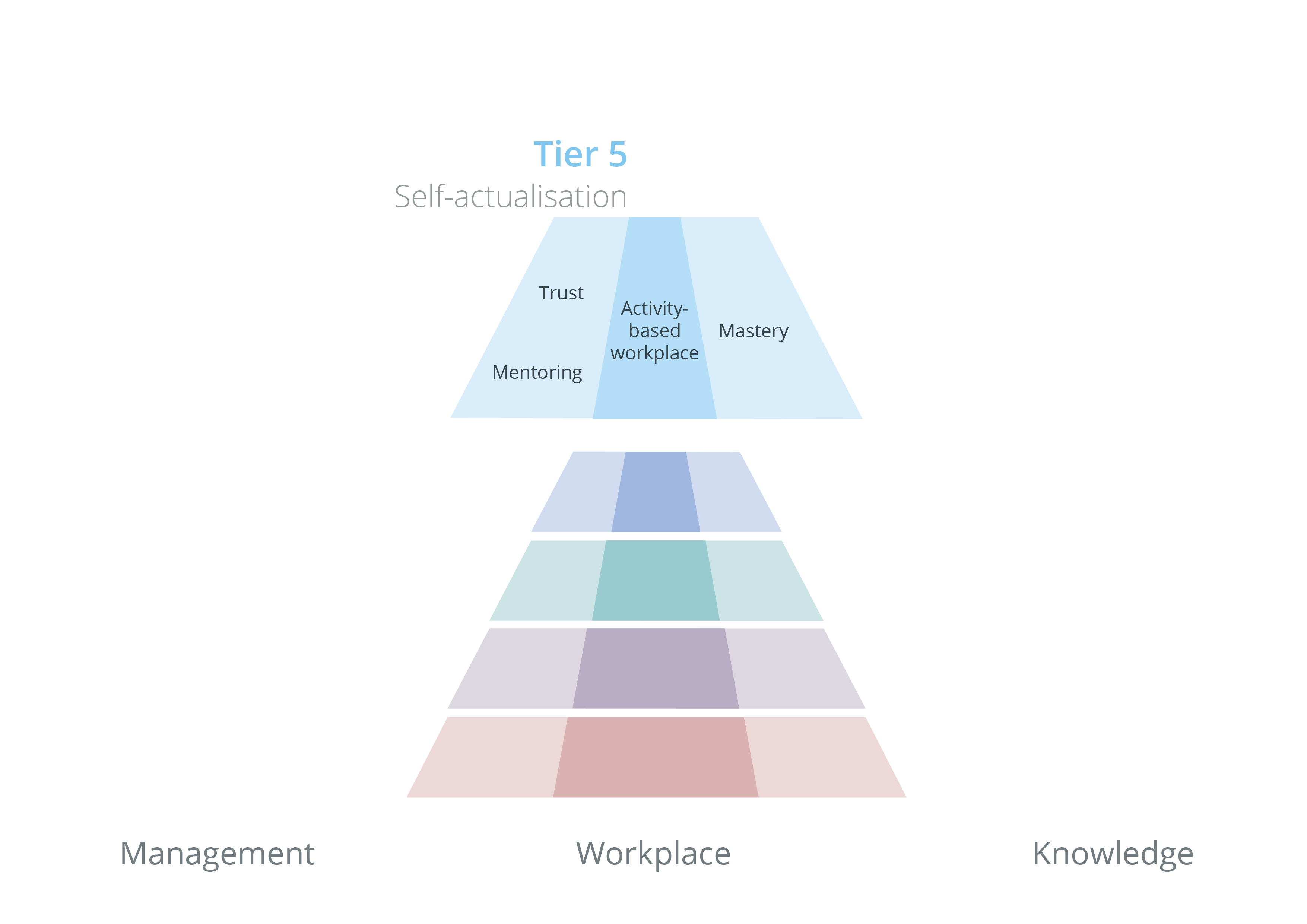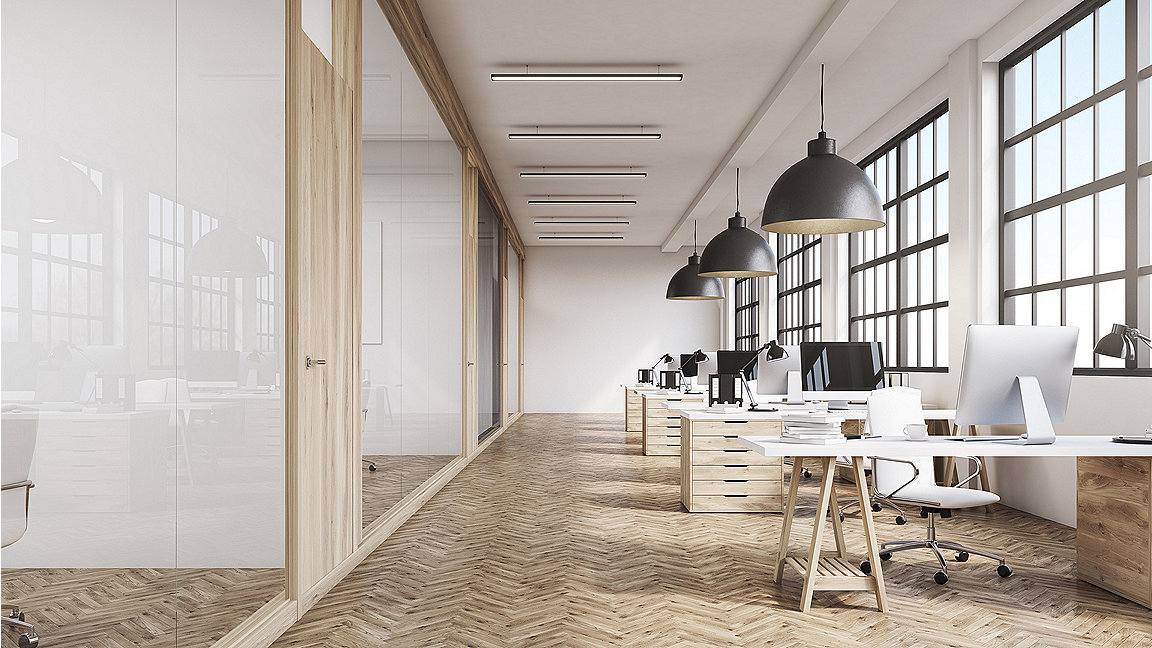
Last year put the spotlight firmly on where and how we work, accelerating a multitude of trends in the office market. Health and well-being have already secured a prominent place on the business agenda, and productivity will become a further key consideration in supporting economic recovery from the pandemic. But who are the most productive workers? And what brings out the best in them?
In the contemporary service sector, productivity depends on people's performance. Measuring this is as much an art as a science, and a vast body of research has attempted to quantify it more accurately. Yet one of the most reliable, cost-effective and useful metrics in the knowledge economy is employee perceptions of their own productivity. Related to this is understanding what makes people happy and ambitious to perform at their best.
Employees' changing needs
With widespread home working enforced since March 2020, we have had a unique opportunity to investigate the way that different environments affect productivity and what lessons we can learn from this. Avison Young's report Productivity, the workplace and COVID-19 therefore explores the importance of a high-quality work environment in maintaining an engaged and productive workforce.
Our research, which draws on insights from 745,000 office-based and 145,000 home-based respondents, was based on an adaptation of psychologist Abraham Maslow's hierarchy of needs (see Figure 1, click through for details of each tier). His theory proposes that human behaviour is driven by a range of needs from fundamental physiological requirements such as food, warmth and shelter to feelings of accomplishment and self-actualisation, and that individuals become more engaged in working towards higher-level achievements as their basic needs are met.
Figure 1: Maslow hierarchy of needs adapted for the workplace
Evidence shows us that many employees proved they can work from home and many even enjoyed doing so. According to the Office for National Statistics, 47% of workers were able to shift to home working in early 2020. However, as the country continued to move in and out of tiered restrictions and national lockdowns, many experienced a decline in productivity, with several companies publicly citing employees' increased feelings of isolation, a lack of learning opportunities and reduced creativity.
The focus has shifted from meeting employees' lower-tier needs at the beginning of the pandemic, such as a desk and a stable internet connection, to searching for ways to meet higher-tier ones. A greater emphasis is placed on teamwork and collaboration, and this is largely based on relationships with colleagues and clients, which are easier to form and nurture in person. That is where our offices can play an increasingly important role, once it is safe to encourage a larger-scale return by employees.
The office as social hub
Although a five-day work week in the office may no longer be the norm, the office will remain an important social space for many organisations – a place to foster a collective company culture. A well-designed workspace can connect people through a shared experience, helping to build a strong work community, as well as providing an environment for informal learning and development of skills; 71% of respondents to our survey claimed that being near colleagues and sitting in on team meetings enabled them to learn from others without necessarily requiring a period of formal training.
Regular interactions with colleagues throughout the working day play a vital part in building professional relationships, which helps to boost productivity and job satisfaction. In fact, 75% of respondents preferred the office to home, as a setting for informal social interaction.
However, while offices undoubtedly enable social exchange and collaborative working in ways that remote working cannot, our research also found that more than 75% of surveyed employees still favoured home environments for individual, focused work.
This is likely influenced by the fact that many previous iterations of large, open-plan spaces may have been less conducive to productive, desk-based work, given a range of distractions and higher noise levels. How can an office environment offer the best of both worlds – a quiet space to concentrate, as well as a social hub to foster innovation and team-driven productivity?
"A well-designed workspace can connect people through a shared experience"
Activity-based working
The evolution of the activity-based working model provides a blueprint for managing changing needs. This model is by no means new: a research report commissioned by Kinnarps, Hays and Skanska from 2017 found that nearly 70% of participants believed an activity-based working environment increased their productivity, and two-thirds felt their work was more stimulating.
The concept is based on different areas of the workplace being optimised to support different types of work, including a combination of desk layouts, individual booths, communal areas and quiet areas. Spaces can be tailored for a wider mix of uses suited for different tasks, as well as providing areas for employees to take a break from their screens, to relax and socialise.
It is important that we do not forget that our organisations are made up of unique individuals who all need different things to perform at their best. In the drive towards efficiency and collaboration, flexible desking may have undermined an important aspect of our fundamental motivations at work – the desire to be respected and valued as an individual. Therefore, the better a particular environment enables a degree of personalisation, the more comfortable and productive people will be, with 68% of respondents claiming that the ability to personalise their workstation was an important factor.
Managing change
The pandemic has highlighted some important considerations for the future role of the workplace. Contemporary offices can offer spaces that promote innovation and cross-fertilisation of ideas, which in turn can lead to productive outcomes. But too often, the reality of activity-based working falls short of the aspiration. Offices should be designed for the people who inhabit them and the activities that happen there.
These activities may change as more people return to work over the coming year. Businesses will need to accommodate new, hybrid approaches, enabling both remote working and meetings between office-based employees and those at home, with seamless and reliable technology.
While some companies may be considering a full-scale office revamp, smaller, targeted adaptations can also be effective. This requires close collaboration and communication with employees to understand how they work, instead of prescribing untested layouts. Focus and collaboration space can be increased or decreased to suit the way a business works, while gathering constant information on how spaces are used.
Offices will remain a crucial asset for most businesses. However, an agile approach to meeting the varied, evolving needs and desires of employees will be necessary to ensure our workspaces foster productivity and well-being for all.
Related competencies include: Corporate real estate, Strategic real estate consultancy

